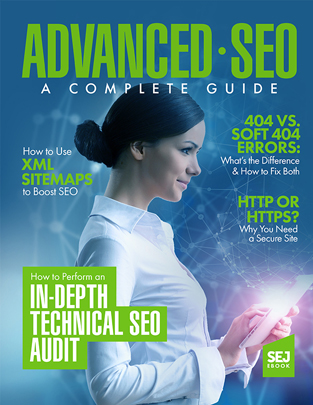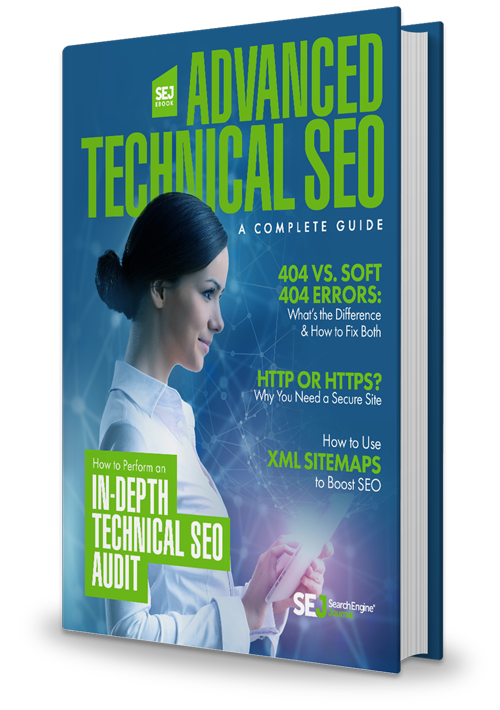Mastering SEO fundamentals is only the beginning. If you really want to win against the competition, you must go beyond the basics.
Technical SEO covers all of the technical aspects of your website that affect SEO, from hosting and site speed to XML sitemaps and meta robots tags. Dozens of search strategies involve refining and perfecting your technical SEO implementation.
Search Engine Journal’s ebook, Advanced Technical SEO: A Complete Guide, covers the most important technical SEO strategies every practitioner needs to know. They will allow you to make it easier for search engines to discover and understand your website.
We created this detailed guide for SEO professionals who want to take a deeper dive into the more complex facets of SEO. If you have high-quality content on your website, help search engines index it by going beyond HTML tags and attributes.
The more reliance sites have on JavaScript and other new web technologies, the more technical SEOs need to be able to handle the technical intricacies of search.
Technical SEO allows search engines to see that your website is quality, and that users will have a good experience on that site.
Fundamentally, technical SEO is creating sites that search engines can crawl, read, and understand. Google does three things: it crawls pages, indexes them, and ranks them. Good technical SEO ensures that all three steps are done accurately. You can’t rank high without being crawled and indexed well.
The three elements of good technical SEO are crawlability, performance, and indexation.
Crawlability:
- Crawl Budget
- JavaScript
- Good links
- Site structure
- Redirects
- Server Errors
Performance:
- Site Speed
- Code Bloat
- AMP
- Responsive Design
Indexation:
- Internal linking
- Sitemaps
- Duplicate content issues
- Checking Logfiles
- And more!
Technical SEO covers a sometimes bewildering range of topics. We created this guide to help make even the most complex technical topics easier to understand. You’ll even find details on everything that should go into a technical SEO audit.
Some subjects covered include:
- SEO friendly hosting – the web host you choose determines the consistency of your website experience
- XML sitemaps: how to use XML sitemaps to boost SEO, including generating and optimizing sitemaps, and a best practices checklist
- 404 vs. soft 404 errors: what they mean, and how to fix them
- Tips for understanding and optimizing your crawl budget, and how crawl budget has changed over time
- Understanding JavaScript Fundamentals: what is JavaScript? How does it work? What do you need to know about JavaScript for SEO?
FAQ
What is technical SEO?
Technical SEO refers to optimizing your website’s technical elements to ensure that search engines can crawl, index, and render your webpages correctly.
Why is technical SEO important?
Technical SEO is essential because it helps you build a website that search engines can easily understand. If a search engine is able to crawl, index, and render your webpages correctly, it increases your chances of ranking in search results.


